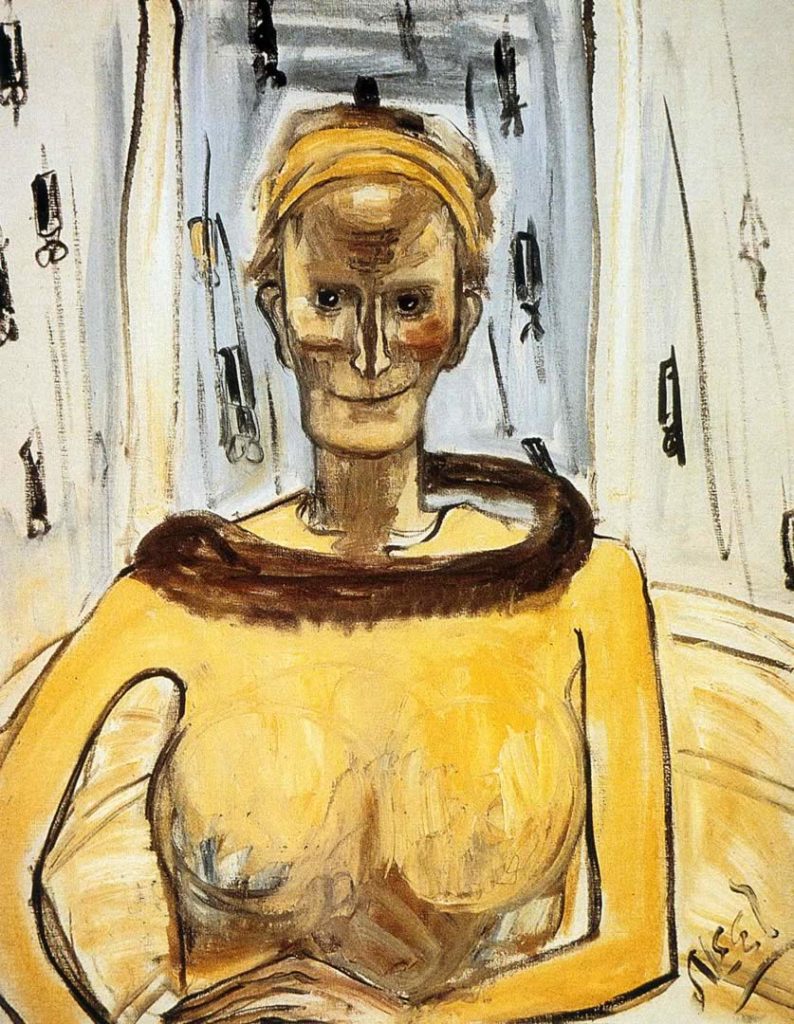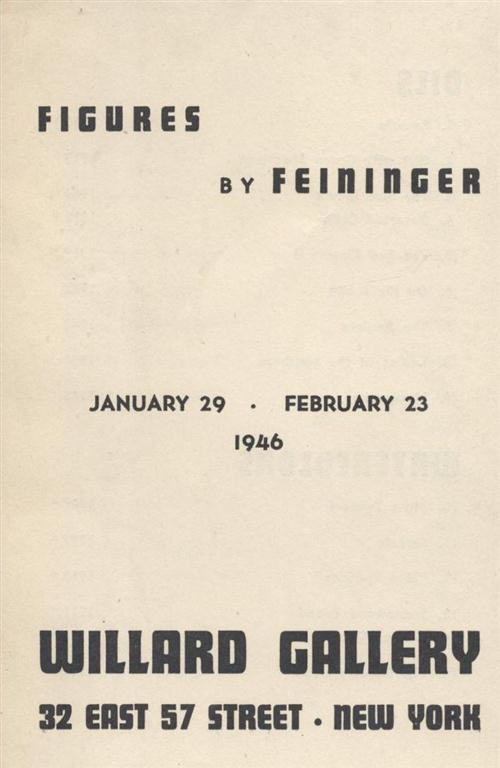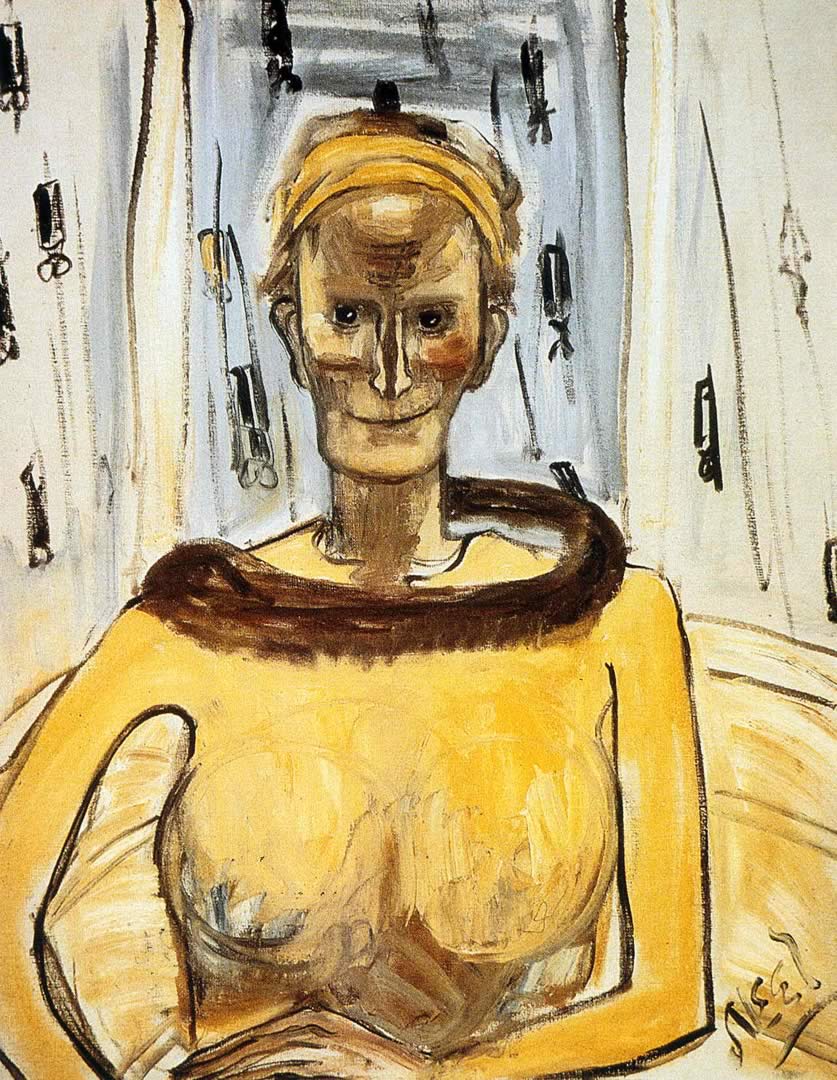Galleries
Legendary Women Art Dealers You Need To Know, Part Three
Marian Willard Johnson and Elinor Poindexter defied gender stereotypes.

Marian Willard Johnson and Elinor Poindexter defied gender stereotypes.

Cait Munro

Here are two more legendary women art dealers you need know. In case you need a refresher on who the others are, check out parts one and two.

Catalog from “Figures by Feininger” at the Marian Willard Gallery (1946)
Photo:Dan Wyman Books
MARIAN WILLARD JOHNSON
“One of the respected elders of the New York art scene,” according to a New York Times obituary, Johnson was born and raised in New York and as a young woman traveled to Switzerland, where she attended lectures with Carl Jung and became interested in the work of Paul Klee. Once she returned to the city, her interest in art and the creative process led her to open the Willard Gallery on East 57th Street, then a popular destination for dealers.
Revered for her rejection of commercialism and her refusal to conform to art world fads, she showed Morris Graves, Mark Tobey, and Richard Lippold, among others. In 1974, feeling that she was aging and that the gallery ought to be in the hands of a younger generation, she turned the gallery over to her daughter, Miani Johnson Wirtz, who eventually chose to close the space in 1987.
Abstract Expressionist painter Charles Seliger, who was also a member of Johnson’s stable and had a solo show at Willard in 1950, wrote after her death at the age of 81 in 1985: “She strongly believed in the idea that a gallery was a place for nurturing the creative spirit of an artist over a long period of time, regardless of the pressures of the marketplace. . . . With the death of every person like Marian, the audience for those of us that worked within her criteria is diminished.”

Alice Neel, “Ellie Poindexter” (1962)
Photo: artnet
ELINOR “ELLIE” POINDEXTER
Along with her husband George, Poindexter was an art collector as well as a dealer. In the early 1950s, George set out to become an artist, enrolling in a class with Abstract Expressionist painter Jack Tworkov. Unfortunately, he was not a very good painter. Tworkow suggested that rather than attempting to make art, he should collect it. And so he did, with his wife. At the time, the market for wildly experimental work was small, so they were able to acquire paintings for a small price, typically straight from the source–artist’s studios.
Elinor had been a supporter and friend of Charles Egan, who ran an eponymous gallery. However his business methods were “quixotic,” according to Calvin Tomkins, and Egan eventually lost control of the gallery and dropped out of the art world. In 1955, Elinor took over the space, renaming it the Poindexter Gallery. She showed an array of New York and California artists including Richard Diebenkorn, Al Held, Jules Olitski, Nell Blaine, and Robert De Niro, Sr., many of who would go on to become famous American artists. However, after taking over the space, she wrote a letter to Robert Raushenberg, who Egan had shown, telling him that she no longer cared to represent him, as his work was too expensive to ship back and forth. Raushenberg was not the only artist Poindexter rebuffed. The above portrait by Alice Neel – a rather unflattering study in lemon yellow – was created after Elinor did not “warm to Neel’s professional advances…[and thus] looks, with her beady eyes, slit of a mouth, and prominent breasts, like a python who has just swallowed a pair of hamsters.”
In 1978, the gallery shuttered. The Poindexter’s collection of largely Abstract Expressionist art now lives at the Yellowstone Art Museum in Montana, where George was raised. They wanted the collection to have an impact in the community, allowing residents to see works of art they might otherwise never have access to.